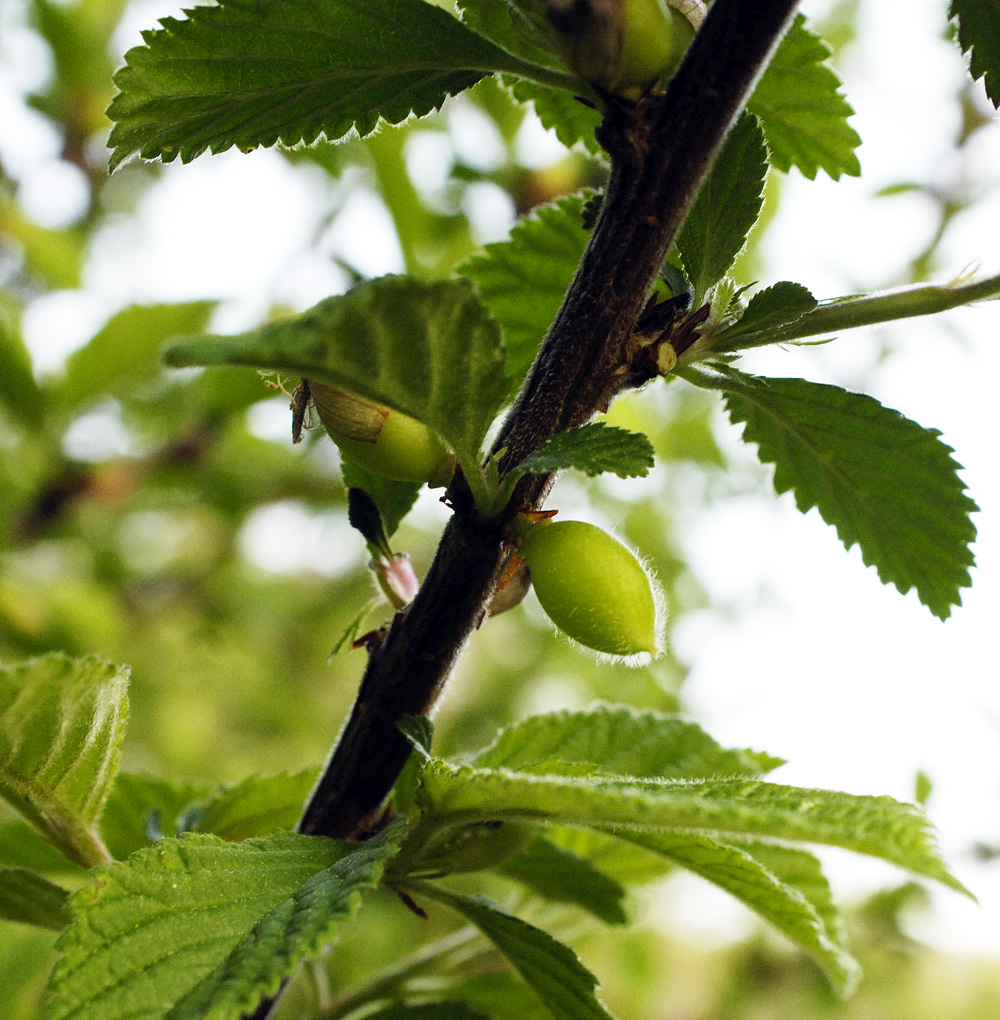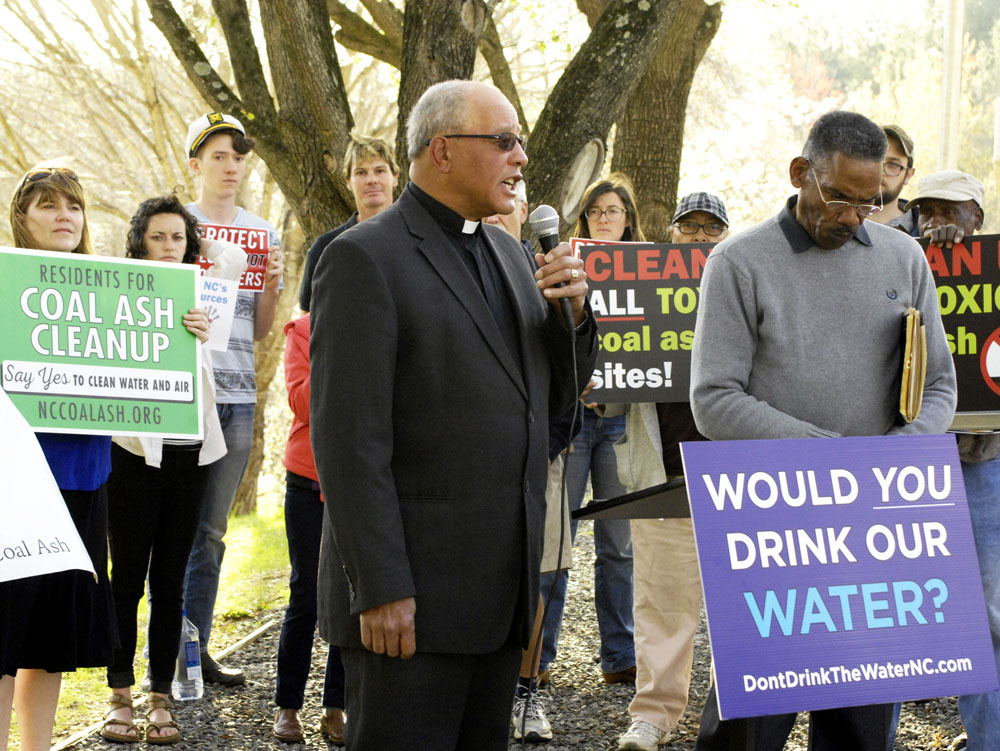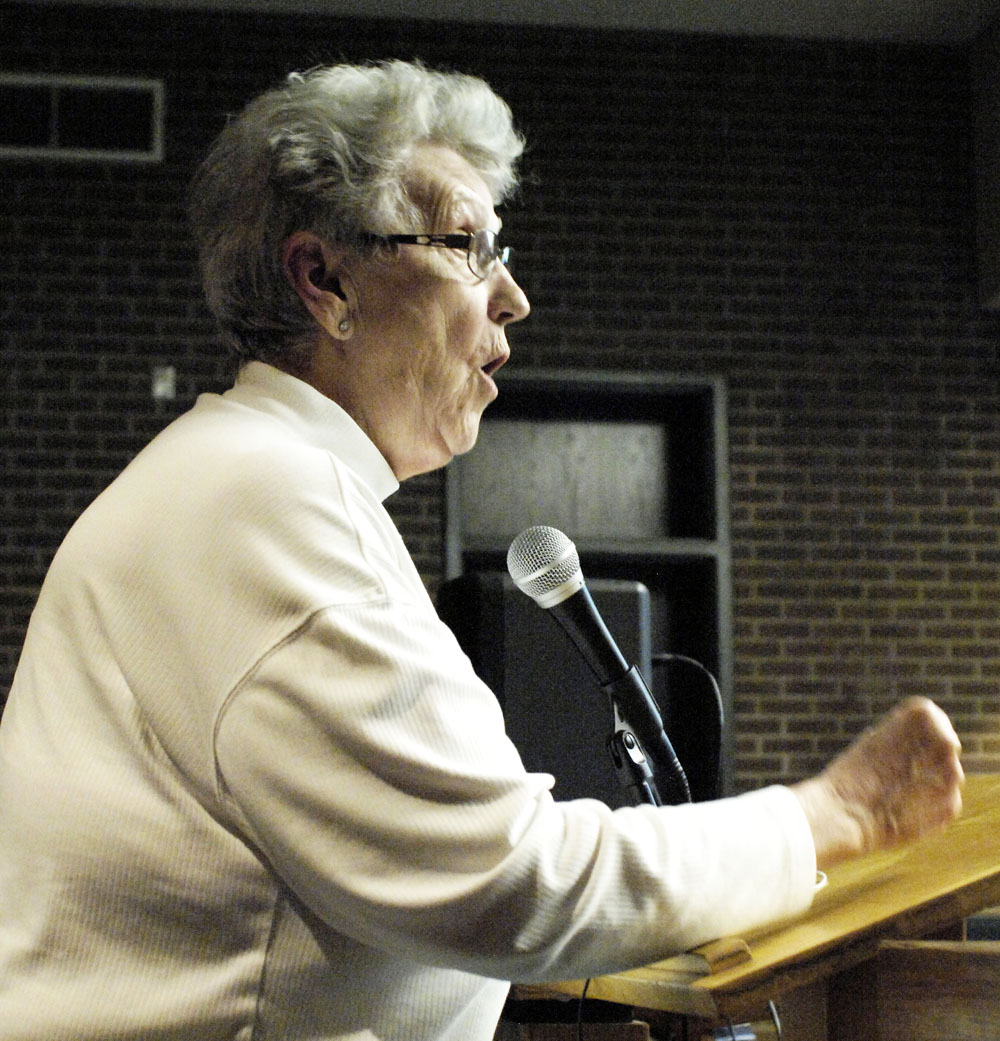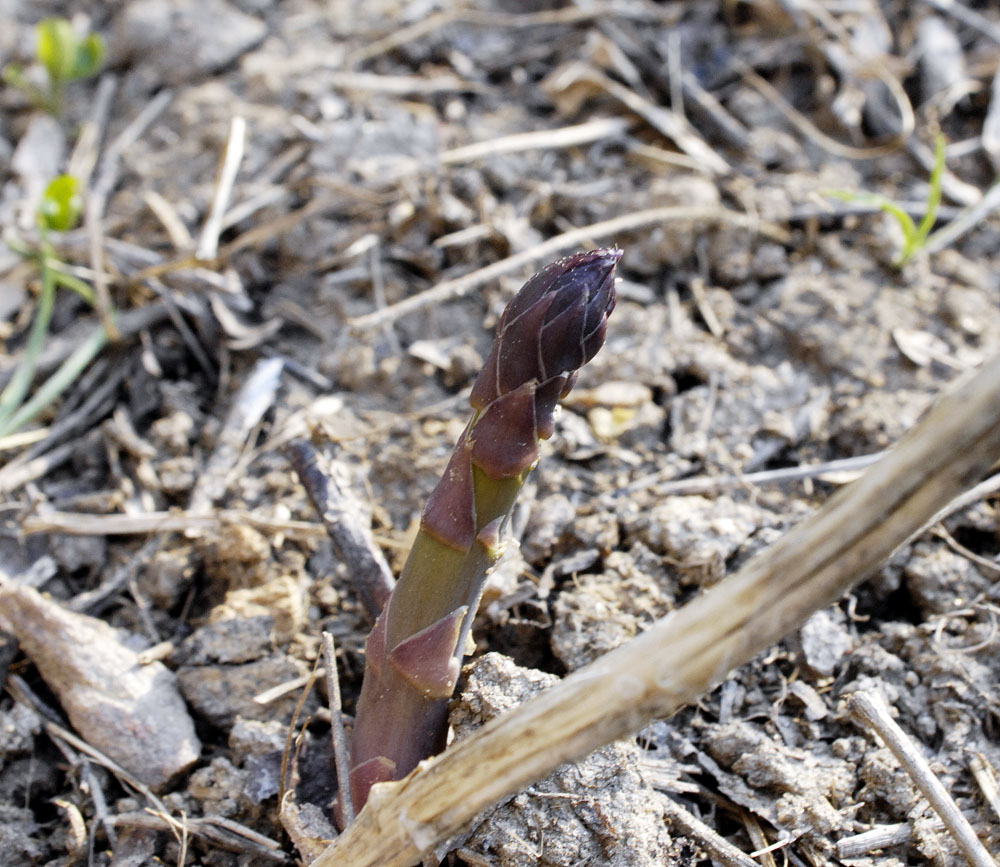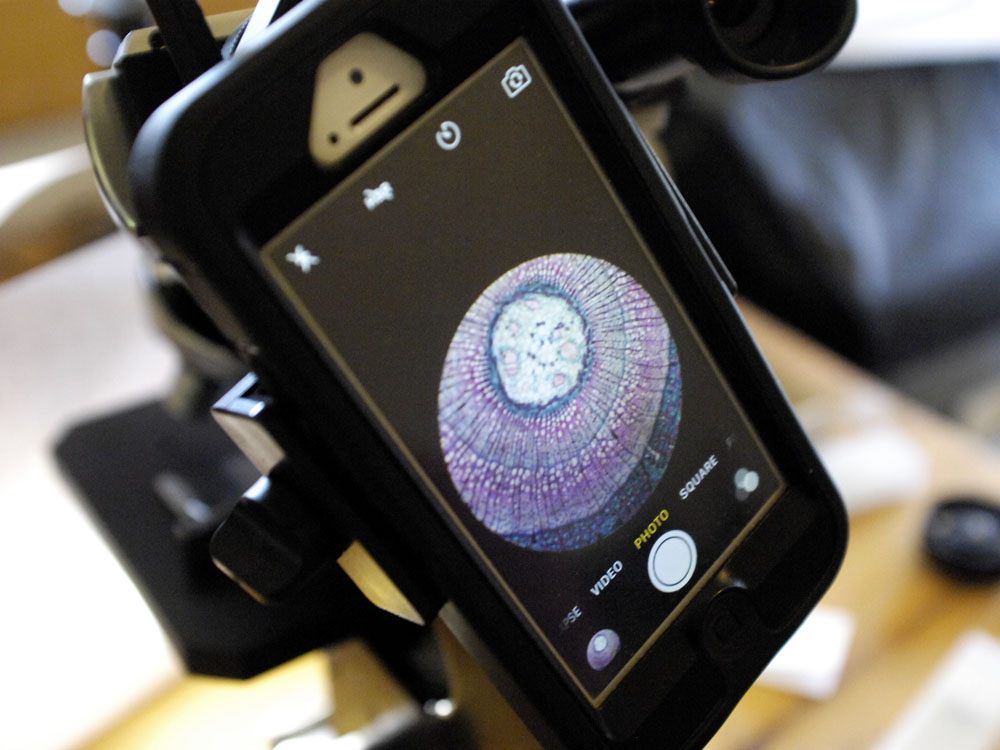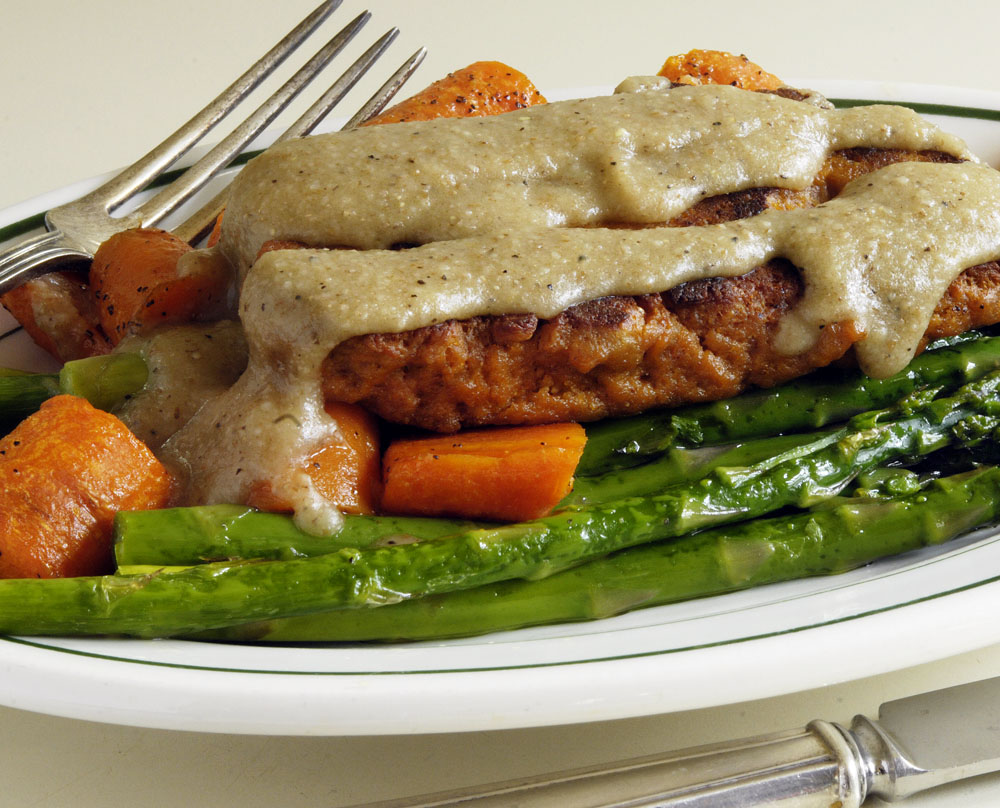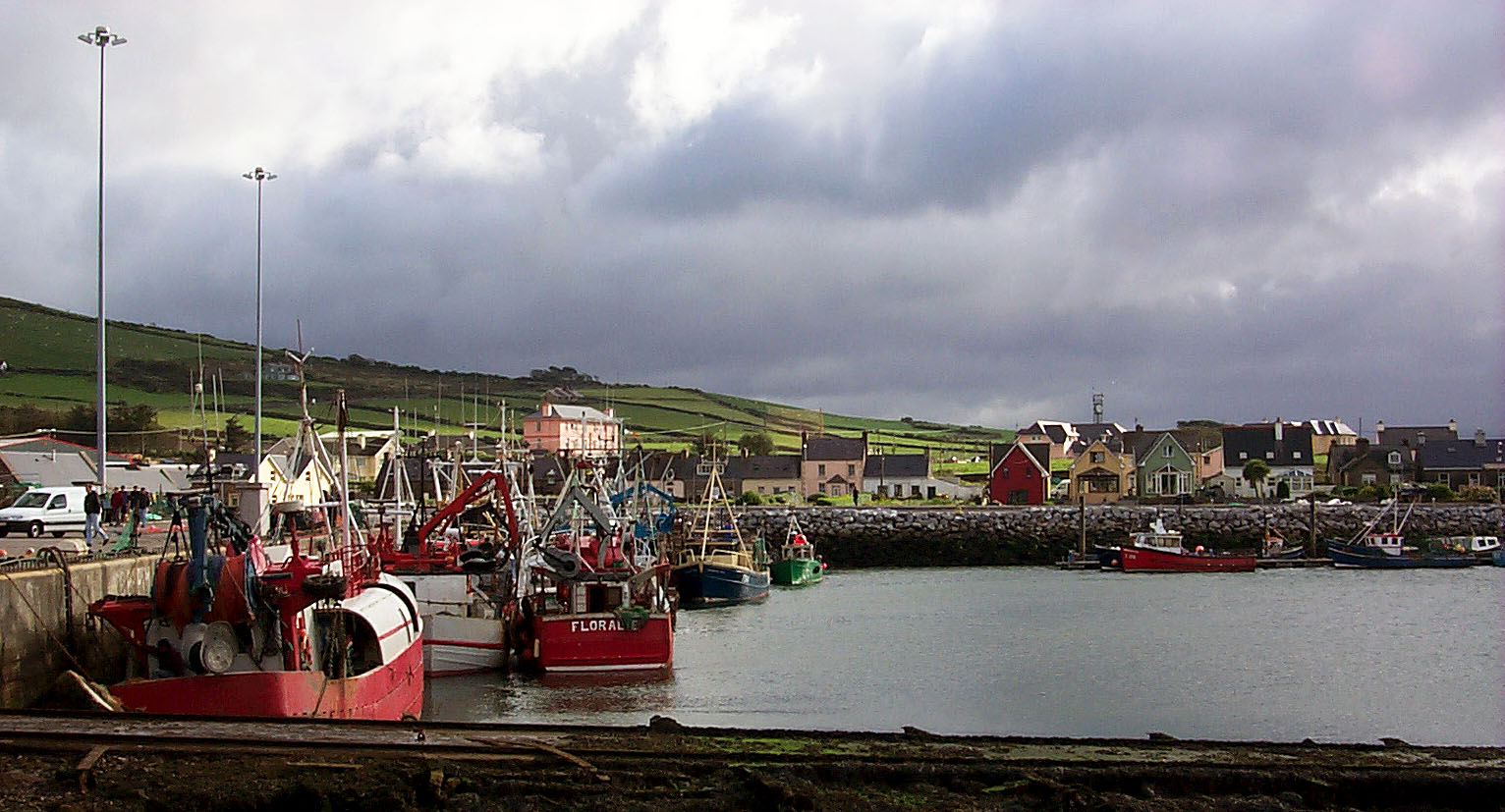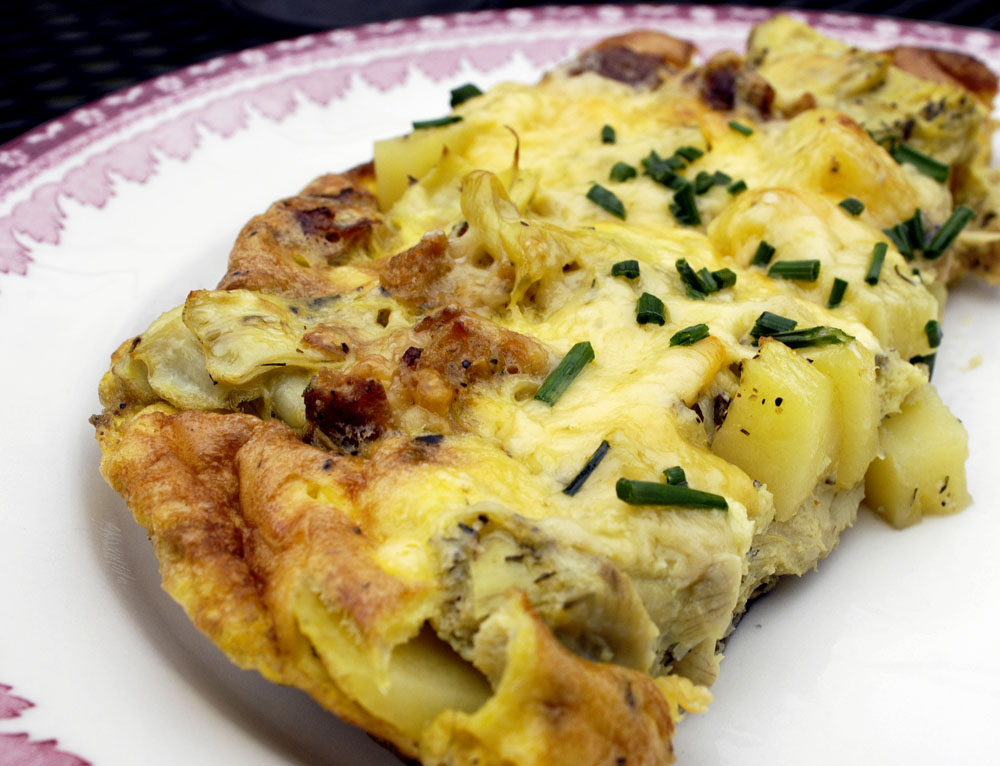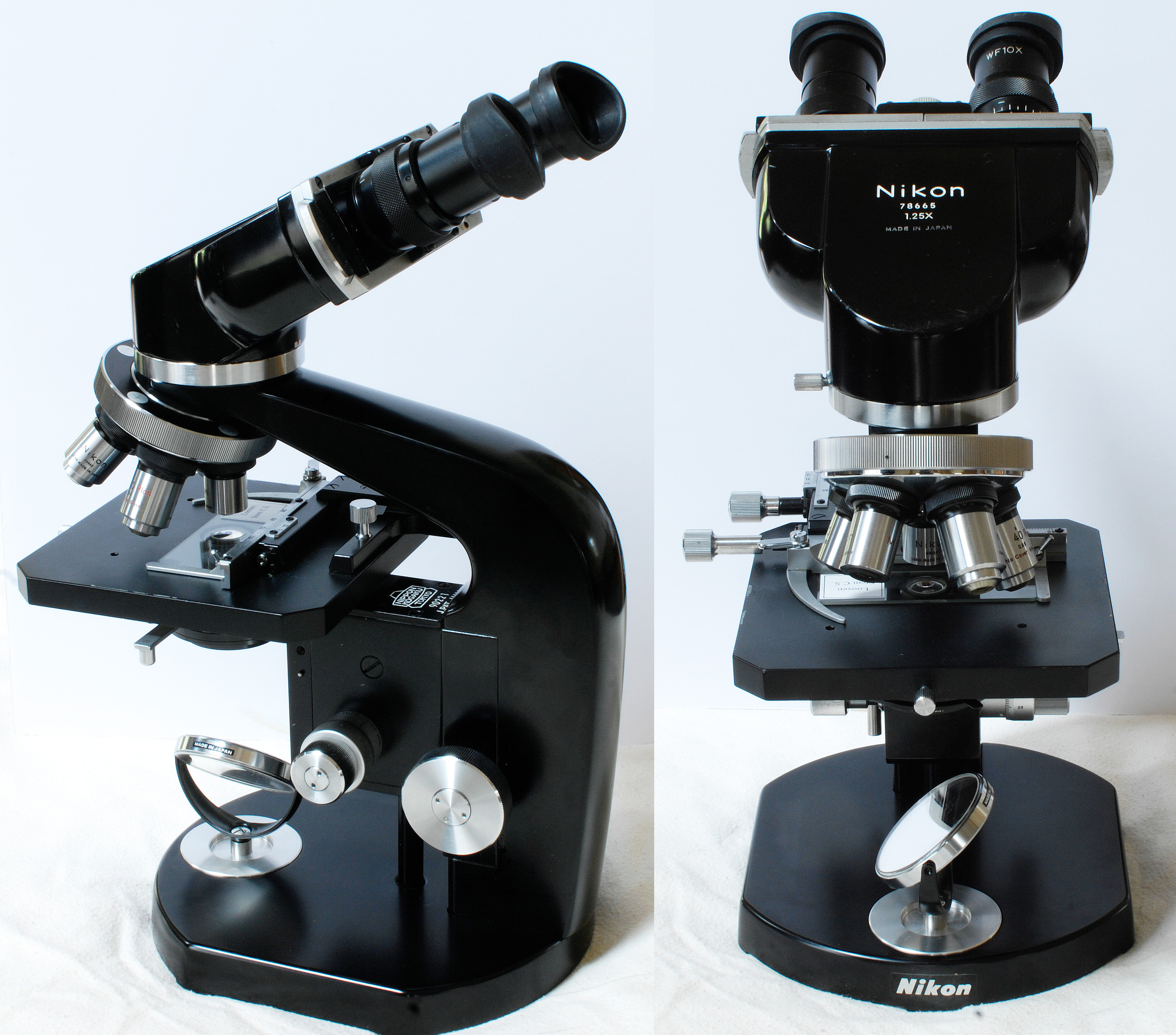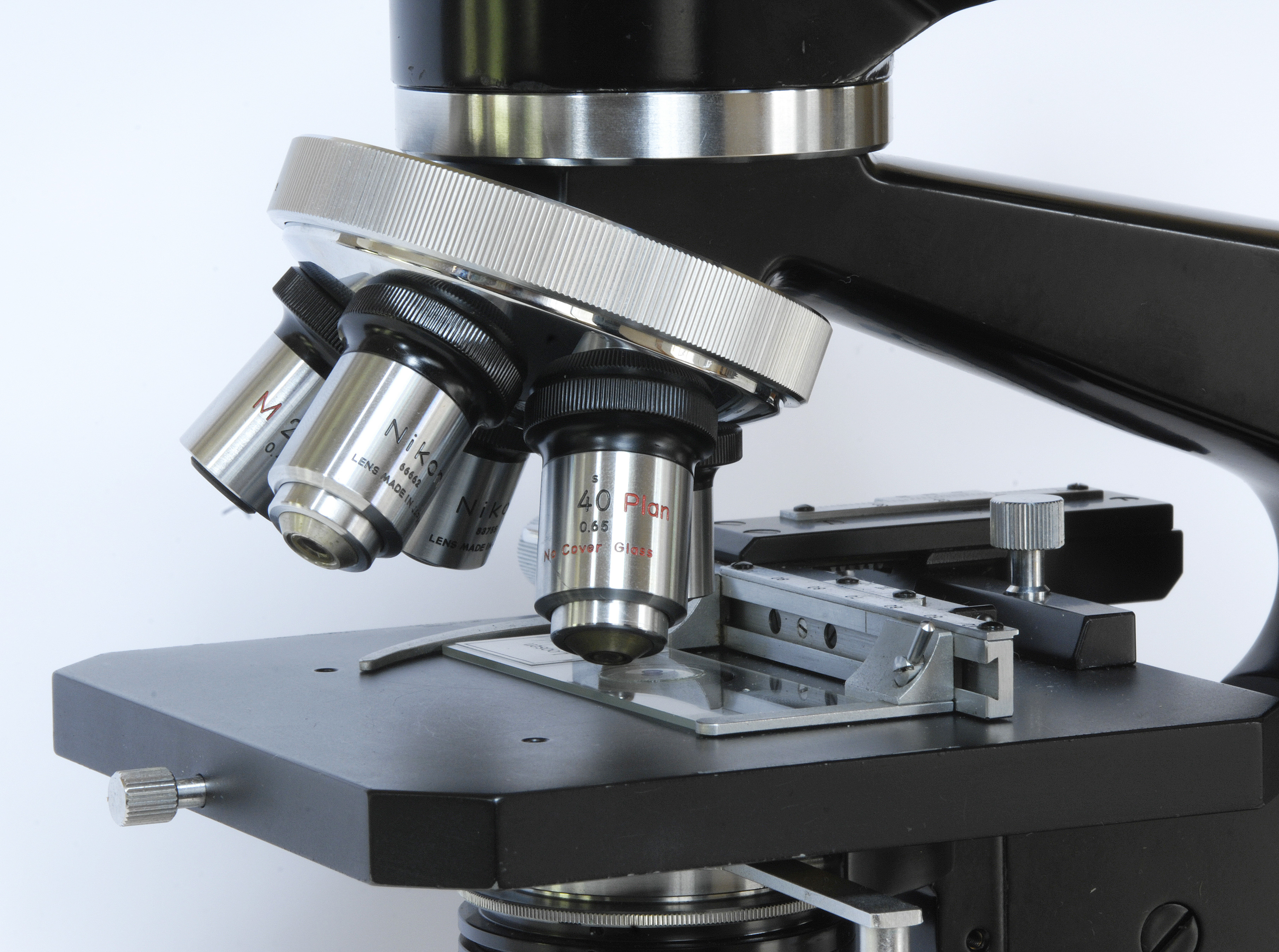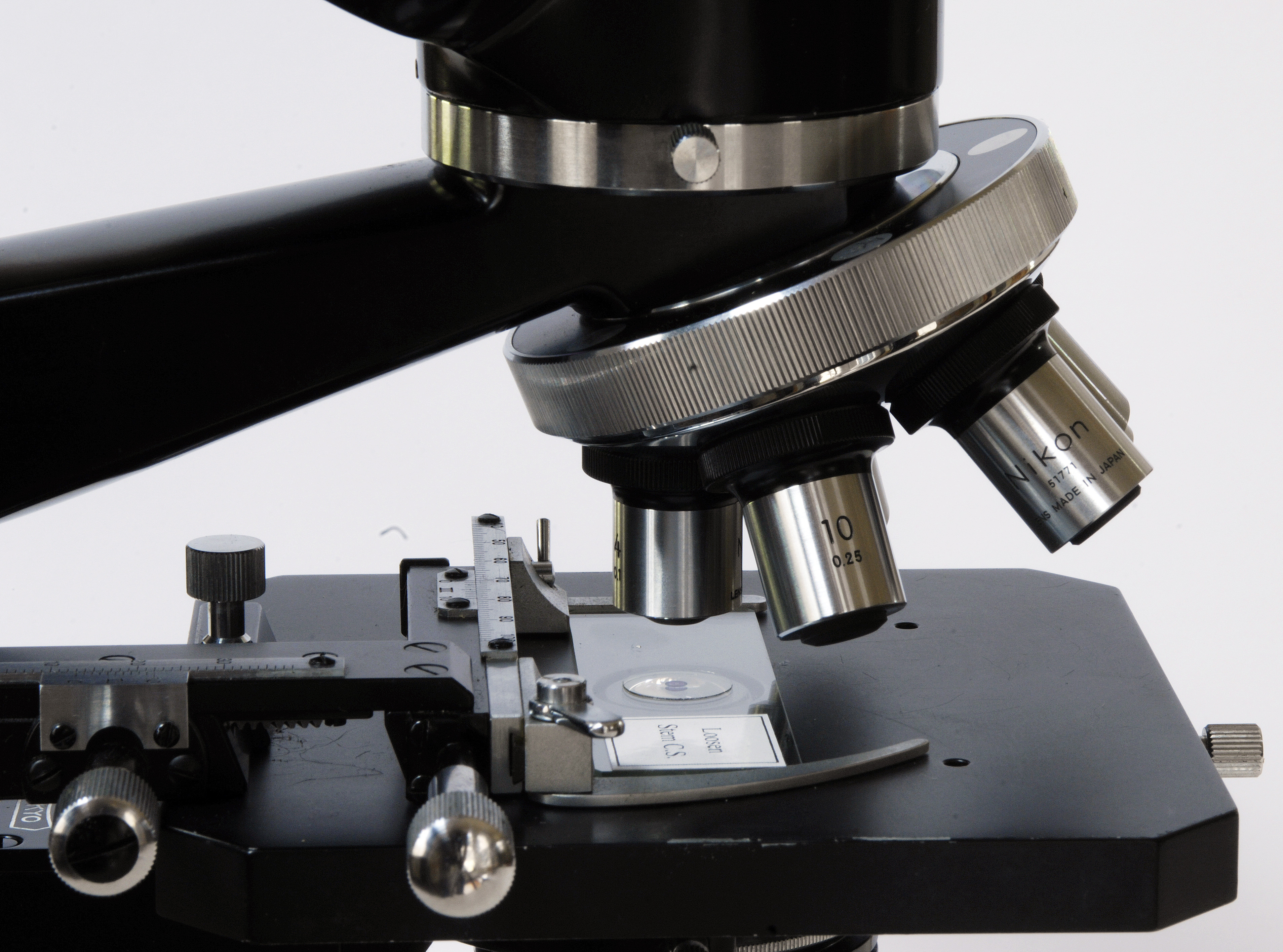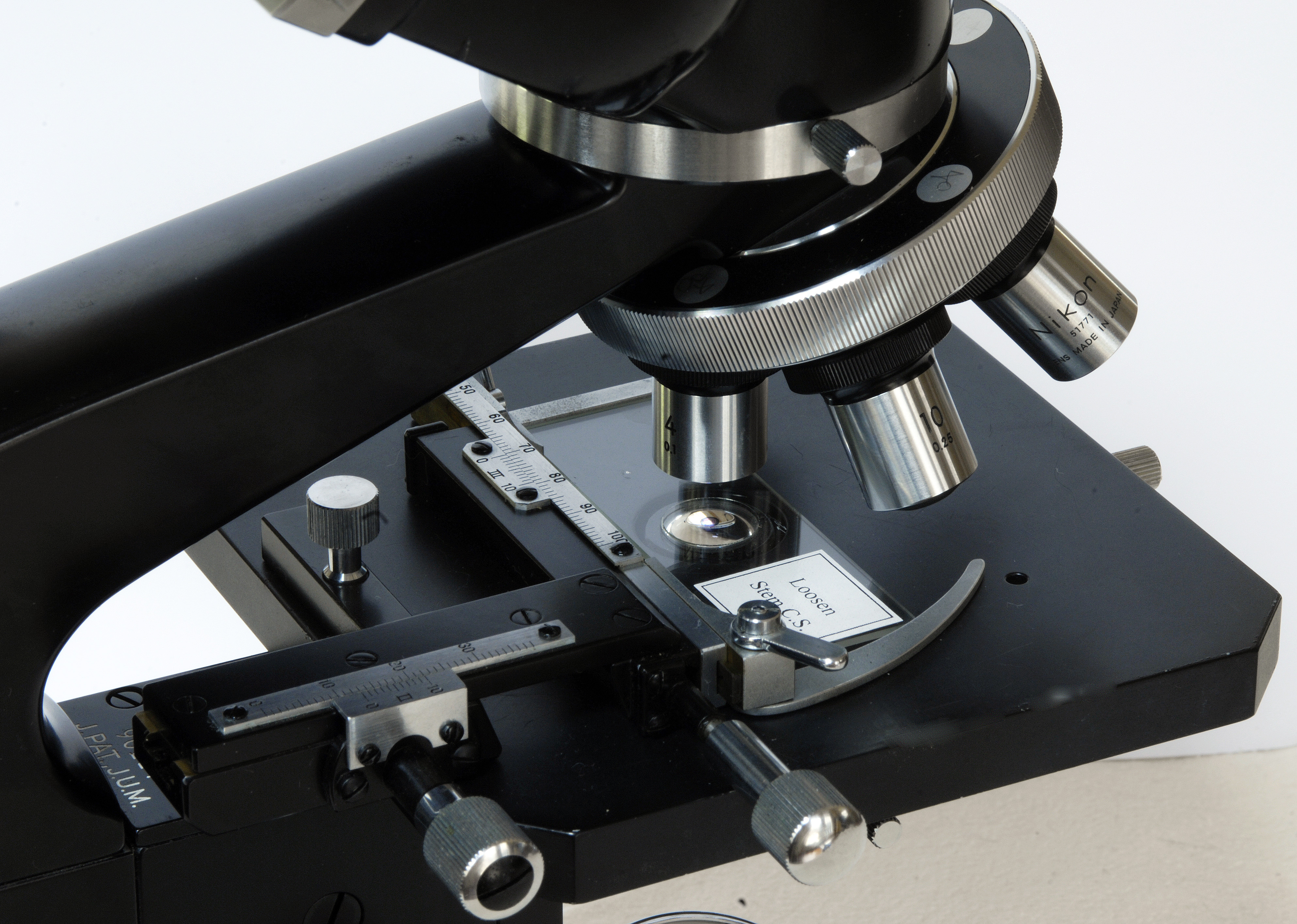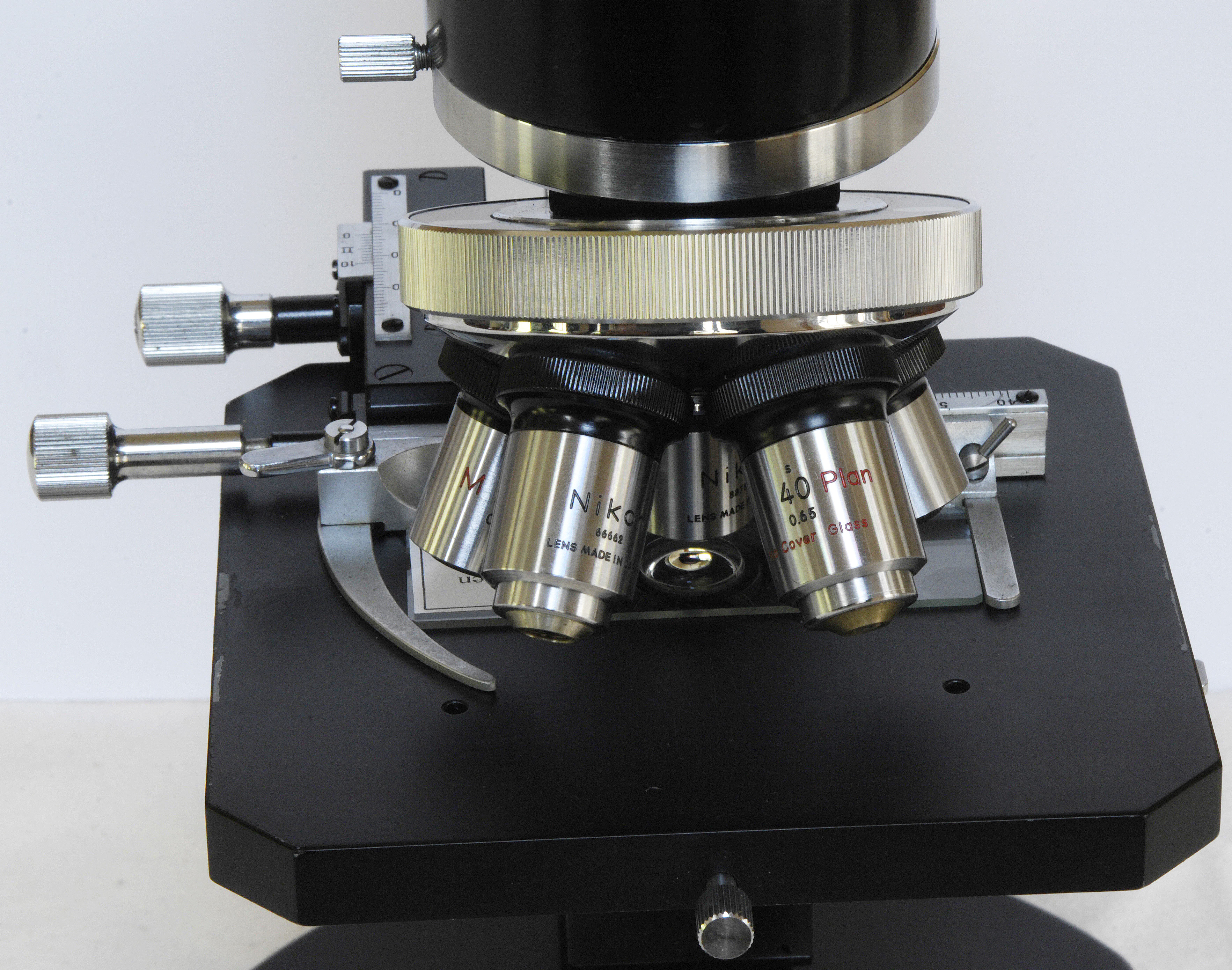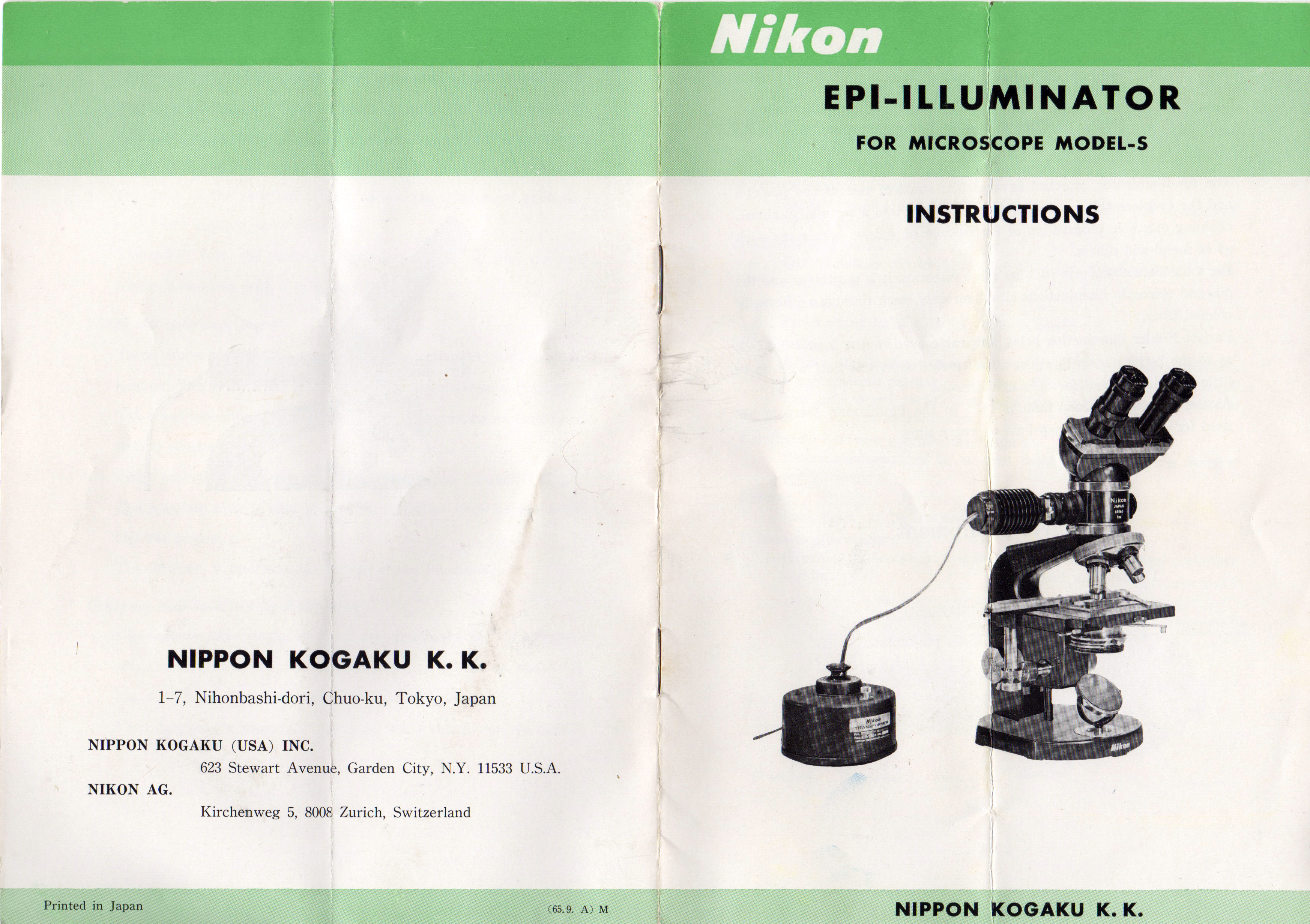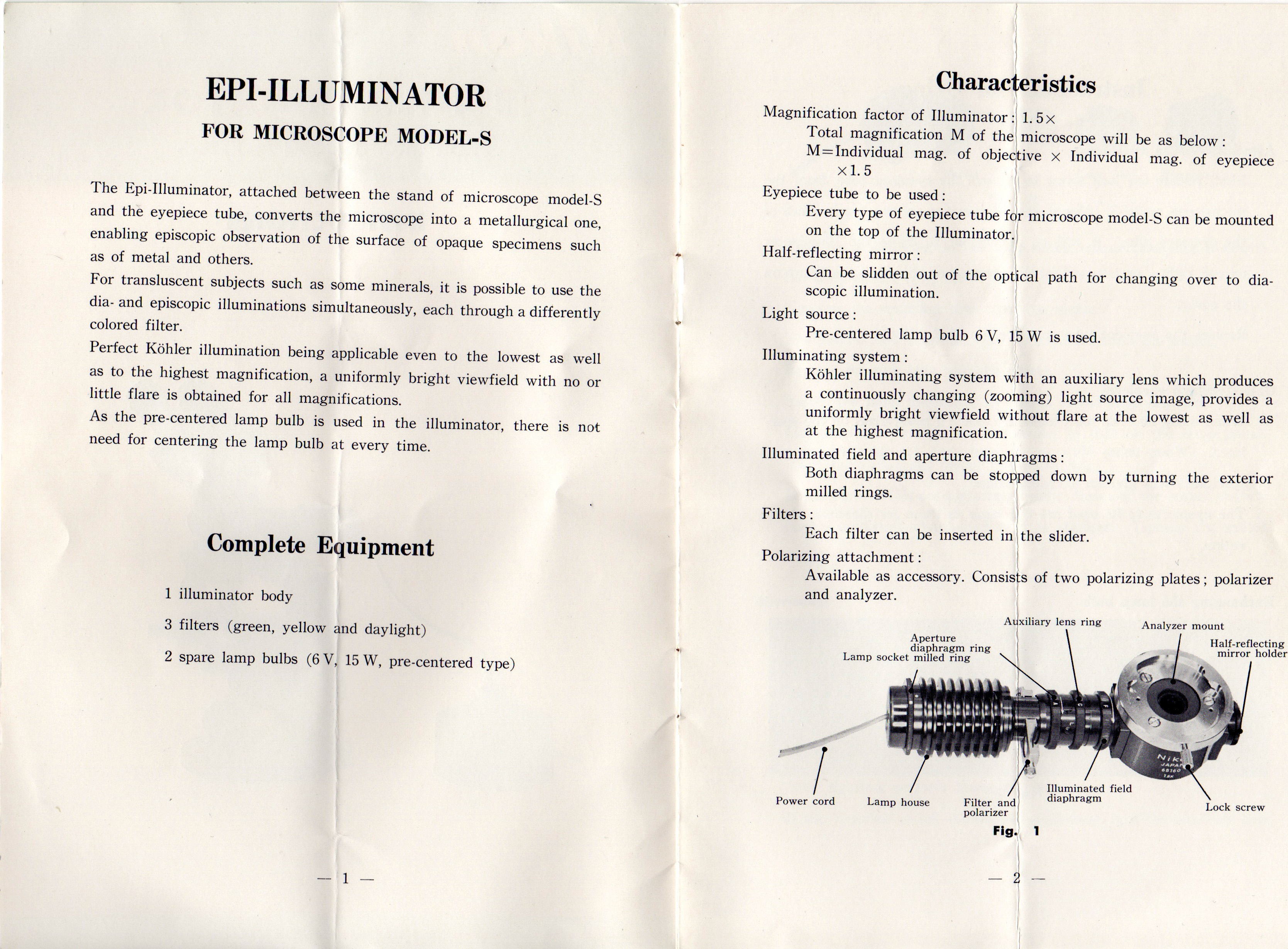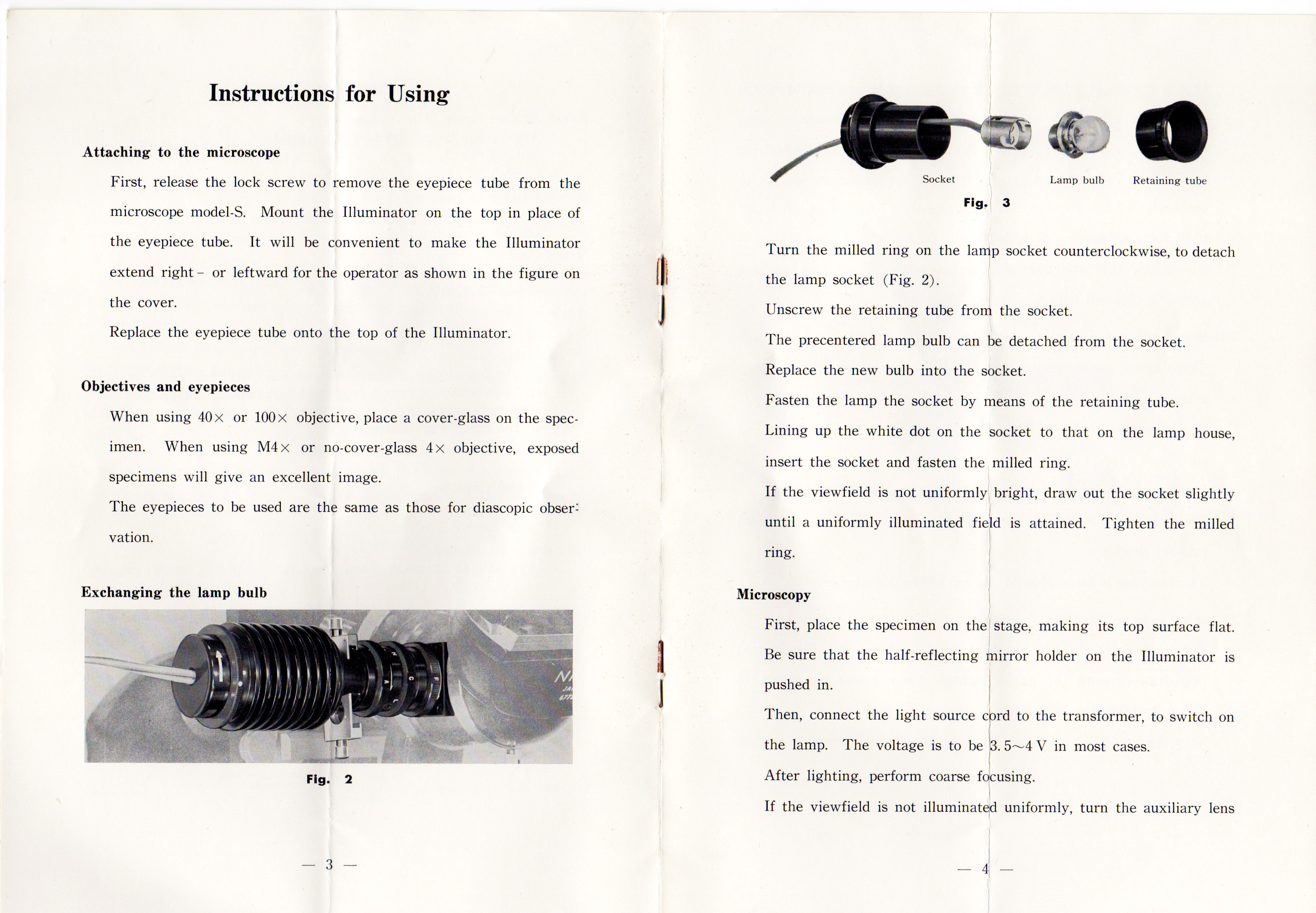Apple and cherry bush …
Month: March 2016
What’s next in North Carolina?
North Carolina’s Republican governor, Pat McCrory, worked for Duke Energy for 28 years before he became governor. In 2014 alone, Duke Energy donated $3 million to the Republican Governor’s Association. Last year, McCrory had a fancy dinner at the governor’s mansion for the Duke Energy CEO and other Duke Energy executives.
So it surprised no one when political operatives at North Carolina’s Department of Environmental Quality overrode the recommendations of the department’s staff and cut some sweet deals with Duke Energy on coal ash cleanup, a plan that would save Duke Energy millions of dollars while leaving millions of tons of coal ash where it is.
It was six years ago that right-wing Republicans got control of North Carolina’s legislature. Two years later, McCrory was elected. All across the state, including rural, Republican-dominated places such as Stokes County, people are mobilizing to reverse this right-wing takeover. These photos were taken last week at a hearing by the Department of Environmental Quality on the plan for coal ash cleanup at Duke Energy’s Belews Creek Steam Station. Duke Energy wants to make some tweaks that would classify Belews Creek as a low-priority coal ash site.
Asparagus is born
Low-cost microscope photography
Those of you who aren’t retired must think that I have entirely too much time on my hands. So please pardon me for another nerd post. And do keep in mind the importance of always doing and learning new things for as long as we’re living.
My interest in microscopy is closely related to my interest in photography. It’s a new way to see things and a new way to photograph things. When my Nikon Model S microscope was made back in the 1970s, doing photography through a microscope was a pretty expensive operation. These days you can do a passably good job of it with a smart phone and a $14 bracket device that holds the smart phone’s camera lens over the microscope’s eyepiece.
And though my microscope is equipped only for viewing semi-transparent objects with light that passes up from below and through the specimen, I’ve figured out that I can get remarkably good images by aiming a light source down at the object from above. I’ll do more of this kind of photography as I have time. Tiny flowers, which are plentiful this time of year, look great under a microscope. I’ll have some photos of those in the coming weeks. The three-dimensional nature of objects such as flowers presents a bit of a problem in microscopy, because a microscope’s depth of field is very tiny. That is, only a part of a specimen can be in focus at a time. But I’m guessing that the old-fashioned pressing of flowers inside a book, protected by parchment paper, would flatten the flower, making focusing much easier while also preserving much of the color and detail of the flower.
The device that attaches the smart phone to the microscope also will work with a telescope. I have a telescope. So naturally I’ll have to see what kind of photos I can get through the telescope as well. Every photographer wants pictures of an enormous moon rising behind a landscape. To get the moon to be truly, unnaturally, dramatically huge, you need a really long lens — or a telescope. I’ll see what I can do.
Homemade seitan
In the 1970s, I just called it gluten globules. These days we call it by a fancier name — seitan. The fancy name makes it sound hard to make, but nothing could be easier. It’s a fantastic and versatile meat substitute.
In the 1970s, I actually isolated the gluten by washing the starch out of a dough made from unbleached flour under running water. That’s for the birds. These days, you just start with gluten flour.
You’ll find recipes for seitan all over the Internet. It’s just a dough made of gluten, cut with other ingredients that tenderize it (such as chickpea flour) and seasonings. Then you shape it and pre-cook it by simmering it in water or steaming it. Then you fry it!
Seitan made from only gluten would be very rubbery. By adding chickpea flour, soy flour, barley flour, or brewer’s yeast (or all or some of those), plus some olive oil, the seitan becomes tender. You can adjust the “bite” of the seitan by varying the proportions. You can season it as a chicken analog, a pork analog, a beef analog, a sausage analog, or no analog at all. Ingredients to consider include tomato paste to redden it, soy sauce to darken it, Worcestershire sauce, barbecue sauce, garlic powder, curry seasonings — let your imagination be your guide. I have found that seitan steams beautifully in the Cuisinart steam oven.
I’ve written here before about my deep suspicion of the anti-gluten movement. Sure, a small percentage of the population truly have a gluten problem. But speaking strictly for myself, my Celtic genetics love gluten, and you’d have to kill me to make me give it up. Seitan is one of the best high-protein, low-carb, earth-friendly proteins I know of.
I’ve been on my low-carb repentance diet for about a week now. Technically, the roasted carrots are a no-no. But I skipped breakfast to earn the carrots. Over a period of three years, I’ve let my ideal weight creep up by five pounds. It’s no carbs for me until the five pounds are gone. But I’m not going hungry. It’s really very true that, on a low-carb diet, you really don’t get very hungry.
What’s blooming today
Patrick: the ruin of Ireland
Today is St. Patrick’s day. I’m not celebrating. Not everyone holds the view that Patrick was the best thing that ever happened to Ireland.
A seventh-century biography of Patrick by a Christian monk, Muirchú moccu Machtheni, records a Druid prophesy about the man who will start the destruction of the native culture of Ireland:
Across the sea will come Adze-head,
crazed in the head,
his cloak with hole for the head,
his stick bent in the head.He will chant impiety
from a table in the front of his house;
all his people will answer:
‘Amen, Amen.’
The people of Ireland did not welcome Patrick and the new religion with flowers in the streets. Mostly they disliked the new religion, but they did not yet see the danger. Their tolerance weakened their resistance.
Here are some excerpts on this period in history from Early Medieval Ireland: 400-1200 by Daibhi O Croinin, published by Routledge in 1995:
There is no reason to doubt that in Ireland, as in every other country where Christianity was introduced, zealots took to the high-roads and criss-crossed the countryside smashing the symbols of the rival religion and looting its temples. ‘There is no such thing as robbery for those who truly possess Christ’. … Much of what once existed as the outward and visible expression of pre-Christian religious beliefs in Ireland has doubtless been disfigured or completely destroyed, perhaps on occasion absorbed so successfully into the triumphant religion as to be unrecognizable to us now. …
The stark reality of the new religion, with its single god who destroyed all others, given to outbursts of divine wrath and prone to vengeance and punishment, may very well have seemed impious to a people more used to a variety of deities and to the toleration of many cults.
It may well have been [their] tolerance of the new Christian religion, rather than any inherent weakness, that brought about the destruction of the pre-Christian Irish cults. Patrick, after all, reported how the brehons allowed him to carry his Christian message wherever he wished. …
There is no evidence to suggest (and no particular reason to believe) that Christianity offered a richer spiritual experience than the native cults. … Quite the contrary, the frequency with which Christian writers condemn the druids and their ways suggests that Christianity had still to establish complete control even in the seventh century and beyond. … We have no satisfactory way of knowing when Christianity became respectable; we only know that in Patrick’s time it clearly still was not.
The Brehons, by the way, were the gatekeepers of the old Irish system of law, the Brehon law, which was so popular with the people that it persisted for hundreds of years after Patrick, into the 17th Century.
As for the open-minded tolerance of the old religions vs. the violent intolerance of Rome’s religion, this is a story that we hear over and over in the history of the old cultures. Tolerant cultures appear to be extremely vulnerable to intolerant ones.
I don’t celebrate St. Patrick’s Day. I mourn.
Frittata
Continuing in low-carb mode, the daily question is: How do I use all these eggs that the chickens are laying and also keep carbs down. Frittatas (frittati?) quickly come up on the list.
This frittata is made with artichoke hearts, Trader Joe’s fake sausage, some grated gouda cheese, and a teensy bit of potato. It’s garnished with yard onions snipped on the way back from the chicken house with the eggs.
I think that a well-seasoned iron skillet works best for frittatas. The frittata may be done before the top browns, so be ready to throw on a little extra cheese and hit the top of the frittata with the broiler for a few minutes. Beat a little cream into the eggs to make everything nice and fluffy. Don’t even think of using milk! The frittata should rise a bit in the oven, particularly around the sides of the skillet.
Soon there will be asparagus frittati.
Repent!

Barley, pea, and chickpea curry with raw walnuts and seared cabbage
The seasons are changing. Spring is scampering in on little rabbit’s feet. Soon the snakes will be stealing eggs again. The apple trees are blooming. The chickens are laying. The birds are singing. It’s time to repent for the sins of winter comfort foods — breads, pot pies, dumplings, and even sweets — and get the carbs down.
For now, at least, I’m going spicy. Walnuts and barley and legumes — or so I’m resolved — need to dominate for a while. Eggs are abundant. So there ought to be omelets. There ought to be eggs for breakfast — but no biscuits! A couple of days ago I had deviled eggs for breakfast, with sliced avocado. That worked.
I figure that my winter sins compel me to lose four or five pounds as penance. I’m hoping that I can do that by forsaking comfort carbs for a while.
For curries, I’ve learned to keep not only curry powder and other curry spices in the kitchen, but also pastes such as Thai red curry paste and harissa paste, which is an African pepper paste. I mix them up until I get the color I want. Spices know no national boundaries. Curries also are perfect for using your coconut oil.
And remember, anything rice can do, barley can do better. It’s amazing that such a satisfying food has such a low glycemic index — 25 or 28. Even risotto is no carb crime if you use barley. I’m not even all that fond of rice. Pearled barley — especially when mixed with good spices, healthy fats, and a legume such as chickpeas — is as meaty as hamburger. The Roman gladiators, after all, were called “barley eaters.” Plus, I suspect that rice is all too often an ecological crime. It can be efficiently grown only where there is naturally lots of water, and California is not that place.
No more carb crimes here until I’ve done my spring penance.
Nikon Model S microscope
This is a nerd post. I apologize to non-nerds, who surely will find it boring. Perhaps you’d be so kind as to come back in a day or two, after I’ve moved on to another subject? 🙂
I admit it. I have a fetish for scientific instruments. Partly it’s because they’re complicated, and I like things that are complicated. And partly it’s because well-engineered instruments, to me, are indistinguishable from art. I’ve annoyed a few artist friends, actually, by suggesting that technology may constitute much of the art of the 20th Century. Just look at the high-resolution photos of this instrument to appreciate how photogenic and elegant it is.
I certainly cannot afford scientific instruments when they’re new, nor do I have a use for most of them. But, thanks to eBay, many old instruments fall into the hands of liquidators and junk dealers who put them up for auction. Old instruments, if they continue to work, never totally lose their value, as far as I can tell. Working instruments regardless of age are still useful to hobbyists. And there are many collectors. Collectors, like me, seem to always have an eye for superb design.
My Nikon fetish came about from my Nikon cameras. Again, I cannot afford professional Nikon cameras when they’re new. The camera bodies alone, no lenses included, can cost $7,000 or more. But, after professional photographers move to the newer models, older professional cameras become affordable on eBay. I have a Nikon D1X that is now my backup camera. My current camera is a Nikon D2X. As soon as the D3 professional cameras are affordable (another year or two?) I will upgrade to a D3. There is nothing like the solid feel of a Nikon professional camera — heavy, complicated, sophisticated, no nonsense. The design is superb. The camera soon becomes a part of you.
The vintage Nikon microscopes caught my eye because of their classic design and the astounding quality of the manufacturing. Do I really need a microscope? No. But they make great educational toys. I always disliked biology lab in college (biology courses were required back then), and I often had a very hard time seeing in the microscope what we were supposed to be seeing. But I still remember the basic techniques of making slides and using a microscope.
The Nikon Model S microscopes were made during the 1960s and 1970s. The Nikon Model S must have been the first Japanese microscope to make its way into the world market. Previously, German microscopes were the rule. The Model S was highly configurable, with interchangeable parts. There were different stages, different condensers, different lighting sources, and of course a wide range of eyepieces and objective lenses. Professionals would never use a mirror-lighted microscope anymore, but they’re good for collectors because the mirror goes right on working.
The history of the Nikon company is interesting. The company has been around since 1917. They hired a bunch of German engineers and started making optical products. During World War II, Nikon made optical ordnance, as well as binoculars, bomb sights, and telescopes. After the war they started concentrating on cameras, and the rest is history. If it had been possible to win World War II with fine instruments superbly built, Germany and Japan would have beaten the daylights out of the Allies. Instead the Allies won the war with, um, instruments that were more blunt.
Many of the Nikon Model S microscopes had a flaw that has held down their value. The fine focus mechanism (in some models) used a nylon gear that, over time, shrank and cracked. This was a serious mistake by Nikon; they weren’t stingy in the parts they used. But apparently the appeal of nylon was that nylon gears didn’t have to be lubricated. Though the microscopes came with a 25-year warranty, getting the parts to repair the fine-focus mechanism has become increasingly difficult. Luckily, not all Model S microscopes used the coarse-focus and fine-focus knobs that were coaxial. Instead, the coarse- and fine-focus knobs are separate, one in front of the other, and they do not have the problem with a nylon gear. Fortunately, that’s the type of microscope I bought. I had done the research and knew what to watch out for. The manual that came with my microscope says that it is a Model SBR. I have never been able to find, on-line, a manual for the Model S microscopes with the non-coaxial focus knobs. If any collectors have Googled their way to this page and are curious about how the manuals differ, please leave a comment. But you can see the difference in the photos. There are coarse-focus and fine-focus knobs on both sides of the microscope. The fine-focus knob has a scale engraved on it, and its travel is limited to 2mm.
I suspect that my microscope was used for metallurgy, because the wooden case (yep, I got the wooden case as well) included the manual for the Nikon EPI-illuminator, which attaches below the head of the microscope and illuminates the specimen from above. Unfortunately, the EPI-illuminator was not included with my microscope, though I have the manual if any collectors need it.
The microscope is in excellent working condition and appears to have been lightly used. The photos were taken with a Nikon D2X camera with a 28-85mm AF lens.
Update: A later post on episcopic illumination can be found here.
Update:
I’ve had several requests for scans of the Nikon EPI-Illuminator manual. These four scans are the complete manual.


